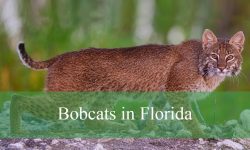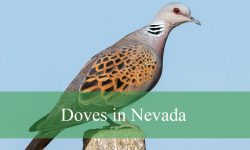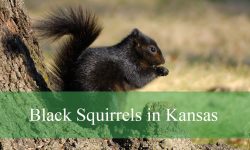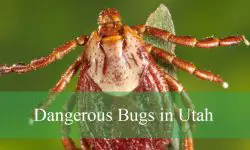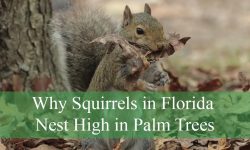When people think about Washington’s wildlife, images of orcas, bald eagles, salmon, and dense conifer forests usually come to mind. But among the grasses, wetlands, and woodland edges of the state, another fascinating resident thrives quietly—the garter snake. Washington is home to three native garter snake species: the Common Garter Snake (Thamnophis sirtalis), the Western Terrestrial Garter Snake (Thamnophis elegans), and the Northwestern Garter Snake (Thamnophis ordinoides).
Although often overlooked, these snakes are complex, adaptive, and ecologically significant. They display surprising traits—from mild venom and toxin resistance to live birth and vivid color variation. This article explores the hidden facts about garter snakes in Washington State, revealing the secrets behind their survival and importance to local ecosystems.
The Three Garter Snake Species in Washington
Common Garter Snake (Thamnophis sirtalis)

The common garter snake is the most widespread and recognizable species in Washington. Eastern populations usually display black bodies with bright yellow stripes and red spots, while western populations show greater diversity—some have green or blue stripes, others are solid-colored, and a few have hidden red markings beneath dark scales.
They are almost always found near water—ponds, lakes, marshes, or slow-moving creeks—where they skillfully swim and hunt aquatic prey. Their adaptability to both freshwater habitats and urban ponds makes them one of Washington’s most familiar snakes.
Western Terrestrial Garter Snake (Thamnophis elegans)
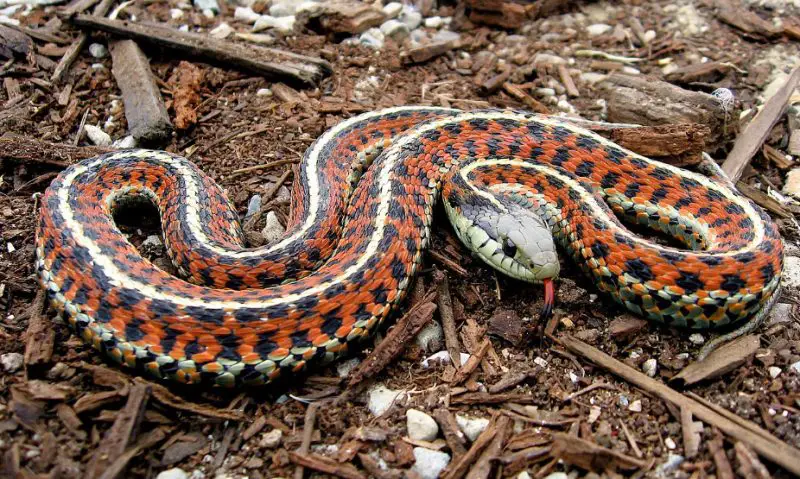
This species is medium-sized and varies greatly in appearance. It typically has one light dorsal stripe and two lateral stripes, though coloration may range from yellow to white or even orange. Some individuals have dark or red spots between the stripes.
Despite the name “terrestrial,” it still depends heavily on water sources in Washington’s drier regions, such as the Columbia Basin. It often inhabits wetlands, irrigation canals, and the edges of streams, balancing its terrestrial tendencies with a need for moisture.
Northwestern Garter Snake (Thamnophis ordinoides)
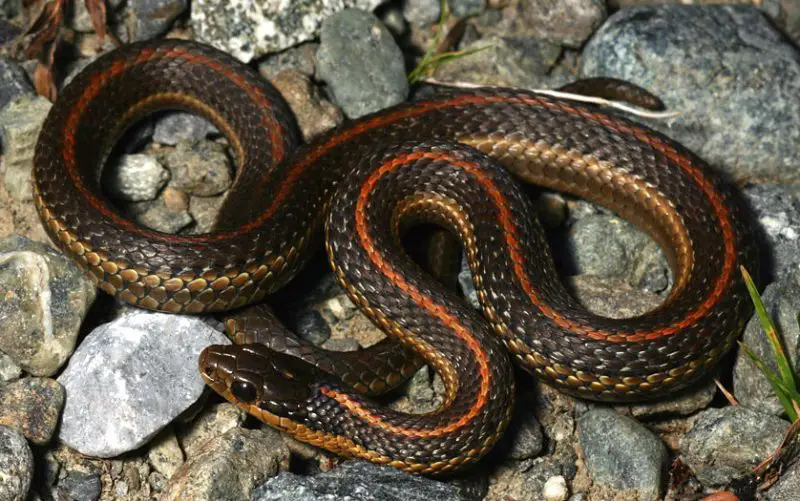
The smallest of the three, this snake rarely exceeds 38 inches. It thrives in grassy meadows, forest clearings, and moist woodland edges, although it can also be found near water. One intriguing behavior is tied to its coloration: striped individuals flee in straight lines, while spotted or unstriped ones pause and dart erratically, relying on camouflage to avoid predators.
These three garter snake species illustrate how one genus can diversify across Washington’s contrasting landscapes—from the rainy Puget Sound region to the dry steppe east of the Cascades.
Hidden Fact 1: Mild Venom and Toxin Resistance
Contrary to popular belief, garter snakes are mildly venomous. Their Duvernoy’s gland, a modified salivary gland, produces toxins that can immobilize small prey. While their venom is harmless to humans, it’s effective against amphibians and fish.
Even more fascinating, Washington’s garter snakes can eat toxic rough-skinned newts that contain tetrodotoxin—the same deadly compound found in pufferfish. These snakes not only survive such meals but also store the toxin in their own tissues, making them distasteful to predators.
This unique adaptation shows how garter snakes have evolved alongside their poisonous prey, creating an evolutionary arms race that continues to shape their biology.
Hidden Fact 2: Live Birth Instead of Eggs
Garter snakes give birth to live young rather than laying eggs. This adaptation, called ovoviviparity, allows the female to retain fertilized eggs inside her body until the babies are fully developed.
This trait is particularly advantageous in Washington’s cool or variable climates, where exposed eggs might not survive. Females typically give birth in late summer to broods of 8–20 young, depending on the species and environment.
Because they don’t require warm, sheltered nesting spots, garter snakes can thrive in diverse habitats—urban gardens, forest edges, or even damp meadows. This reproductive flexibility helps explain their widespread success across the state.
Hidden Fact 3: Seasonal Adaptations Across Washington
Washington’s geography ranges from the rainy western lowlands to the arid eastern plateaus, and garter snakes have evolved to survive in both extremes.
During the cold winter months, garter snakes hibernate communally in underground dens, often emerging on mild days to bask in the sun. In western Washington, they typically become active by late March, while in the east, they may appear earlier due to drier conditions.
In wetter climates, darker bellies and pigmented tails help absorb sunlight for warmth. In eastern Washington, snakes often stay close to irrigation ditches or springs that provide both water and thermal stability. These micro-adaptations allow garter snakes to flourish in almost every corner of the state.
Hidden Fact 4: Habitat Flexibility and Urban Encounters
Few reptiles are as adaptable as the garter snake. They inhabit ponds, wetlands, forests, and even suburban lawns. Their reliance on both land and water makes them a common sight near gardens with ponds, creeks, or tall grasses.
Unlike egg-laying snakes, garter snakes can reproduce almost anywhere, giving them a significant advantage in urban and fragmented environments. A backyard pond with frogs or slugs can easily support a small garter snake population.
Their presence is a positive ecological sign—it indicates that amphibians, insects, and water sources nearby are healthy. Far from being pests, garter snakes serve as natural pest controllers, feeding on slugs, small fish, and rodents.
Hidden Fact 5: Diverse Diet and Ecological Role
The diet of Washington’s garter snakes is remarkably diverse and varies by habitat. Common garter snakes prefer frogs, tadpoles, and small fish, while northwestern garter snakes often eat earthworms and slugs. Western terrestrial garter snakes may even constrict their prey, an unusual behavior among their relatives.
This dietary flexibility helps balance local ecosystems. By preying on amphibians and invertebrates, garter snakes prevent overpopulation and maintain ecological stability. In turn, they become food for hawks, herons, and raccoons—occupying a vital position in Washington’s food web.
Their feeding habits also adapt seasonally: in spring, they hunt amphibians during breeding cycles; in summer, they shift toward worms and insects. This flexibility helps them survive fluctuations in prey availability.
Hidden Fact 6: Color Variation and Camouflage
One of the most striking aspects of Washington’s garter snakes is their color diversity. In the west, they may exhibit bright turquoise or green stripes, while in the east, they tend toward darker browns or grays to blend with dry soils.
These color variations serve as camouflage, allowing snakes to match their surroundings. The diversity also reflects localized evolution—snakes in dense forests benefit from darker tones, while those in open meadows use brighter stripes to confuse predators.
Beyond beauty, these colors are practical. Striped individuals often use rapid, straight-line escapes that make them appear blurry to predators, while spotted ones freeze or move erratically, relying on background matching.
Hidden Fact 7: Defense Mechanisms and Predator Avoidance
Despite their gentle reputation, garter snakes have an array of defensive tools. When threatened, they emit a foul-smelling musk from glands near their tails, sometimes accompanied by regurgitation of half-digested food—a tactic that deters predators.
If handled, they may coil, flatten their heads, or strike repeatedly, though their bite is harmless to humans. Some individuals even benefit from chemical defense: those that eat toxic newts carry enough toxin in their bodies to make birds and mammals avoid them.
These behaviors, combined with camouflage and quick reflexes, help garter snakes survive encounters with herons, raccoons, and domestic pets that share their habitats.
Hidden Fact 8: Conservation and Human Coexistence
Garter snakes are not endangered in Washington, but their habitats face increasing threats from urbanization, pollution, and wetland loss. Since they rely heavily on clean water and amphibian populations, habitat degradation can quickly impact local snake numbers.
Unfortunately, garter snakes are sometimes killed by people who mistake them for dangerous species. Education and awareness are key—these snakes are harmless, beneficial, and part of Washington’s natural pest control system.
Encouraging coexistence is simple: protect natural water edges, reduce pesticide use, and leave basking logs or stones in gardens. Even small actions help maintain the ecological networks that sustain garter snake populations.
Hidden Fact 9: Regional Differences Across the State
The contrast between Washington’s two sides is mirrored in its garter snakes. Western populations, exposed to cooler, wetter conditions, tend to be more colorful, with blues and greens reflecting forested wetlands. In contrast, eastern snakes, living in dry, sunny climates, have earth-toned bodies and more subdued stripes for camouflage.
In the west, garter snakes can often be seen near marshes and forest edges, while in the east, they frequent irrigation canals and grassy fields. These regional adaptations reflect their incredible ability to match local climates, vegetation, and prey.
Such variation not only makes Washington’s garter snakes visually diverse but also showcases how evolution tailors species to their surroundings.
Hidden Fact 10: Unique Behaviors and Local Studies
Recent field observations have revealed fascinating behaviors among Washington’s garter snakes. Juveniles often hunt newly metamorphosed frogs in seasonal wetlands, demonstrating their opportunistic feeding habits.
Northwestern garter snakes display behavior linked to their patterns: stripes are associated with straight, rapid movement, while blotched individuals exhibit erratic motion. This link between appearance and behavior highlights evolutionary adaptation at a fine scale.
Interestingly, western terrestrial garter snakes in parts of Washington have been observed constricting prey—a behavior more commonly seen in boas and pythons. Although not as efficient, it demonstrates behavioral flexibility rarely found among colubrids.
Tips for Observing Garter Snakes in Washington
Create Suitable Habitat
If you want to support garter snakes in your garden, maintain moist areas with rocks, logs, and vegetation. They prefer spaces near water where they can bask safely and hunt for prey.
Know When to Look
The best times to spot garter snakes are spring and early summer mornings when they bask in the sun after cool nights. They are also active in late afternoon during the warmer months.
Encourage Amphibians
Healthy frog and slug populations provide food for garter snakes. Avoid pesticides and promote native plants to sustain these smaller prey species.
Avoid Harm
If you encounter a garter snake, do not harm or relocate it unnecessarily. Their presence signals a healthy local ecosystem. Simply observe from a distance—they will usually slither away harmlessly.
Conclusion
Garter snakes in Washington State are far more complex than most people realize. They are adaptive survivors—capable of living in urban gardens, wetlands, and arid plains alike. Their mild venom, live-birth reproduction, seasonal behavior, and colorful diversity reveal a deep evolutionary story written across Washington’s landscapes.
From their toxin resistance and unique camouflage to their essential role in controlling pests and balancing ecosystems, garter snakes deserve recognition as vital members of the Pacific Northwest’s natural heritage.
By learning to understand and coexist with these remarkable reptiles, Washington residents can help preserve the delicate ecological harmony that makes the state’s wild places so extraordinary.

